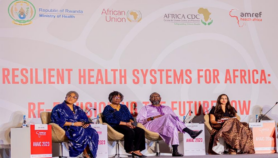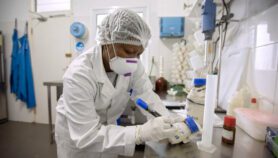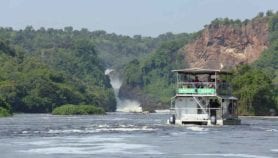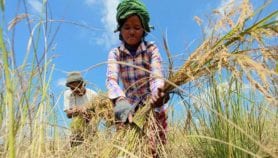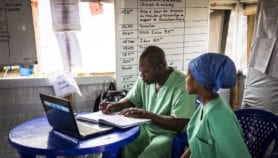Send to a friend
The details you provide on this page will not be used to send unsolicited email, and will not be sold to a 3rd party. See privacy policy.
Scientists in the Asia-Pacific region must collaborate more closely if they are to live up to their potential as a formidable scientific entity, says this Nature editorial.
Asian researchers’ scientific output is steadily growing. They now produce 25 per cent of the world’s scientific papers — compared to 15 per cent in 1990 — and are particularly strong in physical sciences such as photonics.
But such growth places an onus on Asian scientists to work together, says the editorial, rather than relying on the usual ‘West-first’ approach to collaboration.
One step researchers can take is to enhance their own profiles on the Internet with up-to-date pages that provide basic contact information and research descriptions.
But they must also establish high-quality regional research institutions and make efforts to circumvent the political tensions in the region, says the editorial.
If China, Japan and South Korea can pull together, they will serve as an anchor for collaboration throughout the region — and then Asian researchers can begin to learn from their neighbours.




